It's time for a passenger ride to remember.
The McLaren P1 is almost production ready, and I've come to California to join its development team for some final hot-weather testing. For most of the day, we’ve watched McLaren test driver Phil Quaife turn in remarkably consistent lap times around Willow Springs International Raceway.
The Californian desert circuit is 2.5 miles of banked bends, challenging, bumpy asphalt and broken kerbs. There isn’t much to hit, but any mistake – a locked brake, for example – will result in a bodywork-damaging trip into the rough, sandy scrub at the track’s edge.
2016 Geneva Motorshow: McLaren hint that next generation P1 hypercar could be fully-electric
I love circuits like this. There’s a sun-bleached charm to the venue, which was first used 60 years ago. Earlier, in the circuit office, I spied a list of track lap records, which shows that in February 1982 a certain Mr N Mansell posted a 1min 6.3sec effort, which equates to an average speed of 136mph. For a few moments I quietly contemplate what level of bravery and commitment it would have taken to lap at that pace in a brutal, stiffly sprung, early 1980s Formula 1 car.
McLaren’s test today is not about records, though. The main objective has been to simulate how the P1 will behave when it is taken on to a track by one of the 375 well heeled connoisseurs who’ll take ownership of a key. McLaren’s new challenger is designed to be the world’s best driver’s car, equally at home on the road or track, so it is natural that an enthusiastic owner might want to engage the P1’s full-fat Race mode and test his capabilities on a circuit.
Back in Woking, the development team has simulated what might happen to the P1 after a dozen fast laps without a cooling-down period. Today, McLaren is using this test at a hot, sunny track to check that its calculations were correct.
Setting the pace
Quaife, instructed to drive at a set pace for data-gathering purposes, has conscientiously driven lap after lap. With the test team satisfied and the track curfew fast approaching, there’s just enough time for him to cut loose and exploit more of the P1’s prodigious power and torque and its aerodynamic capabilities. Unfortunately for the 27-year-old, he’s now got to contend with a considerable amount of extra ballast - in the shape of me.
It’s early July and although McLaren’s engineers are moving into the final phases of the hypercar’s development, few outsiders have been allowed to ride in any of the prototypes. This car, codenamed XP7, is one of several pre-production versions being used to validate the reams of simulation data generated during the car’s development.

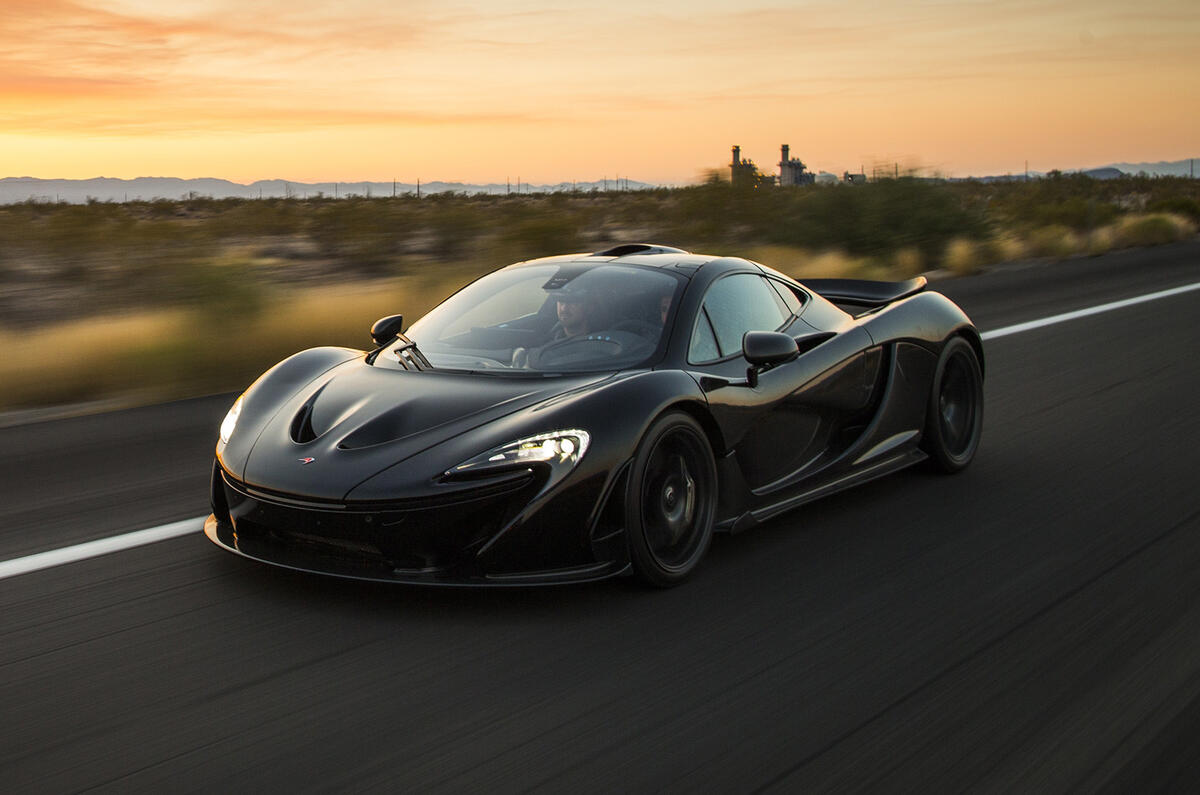
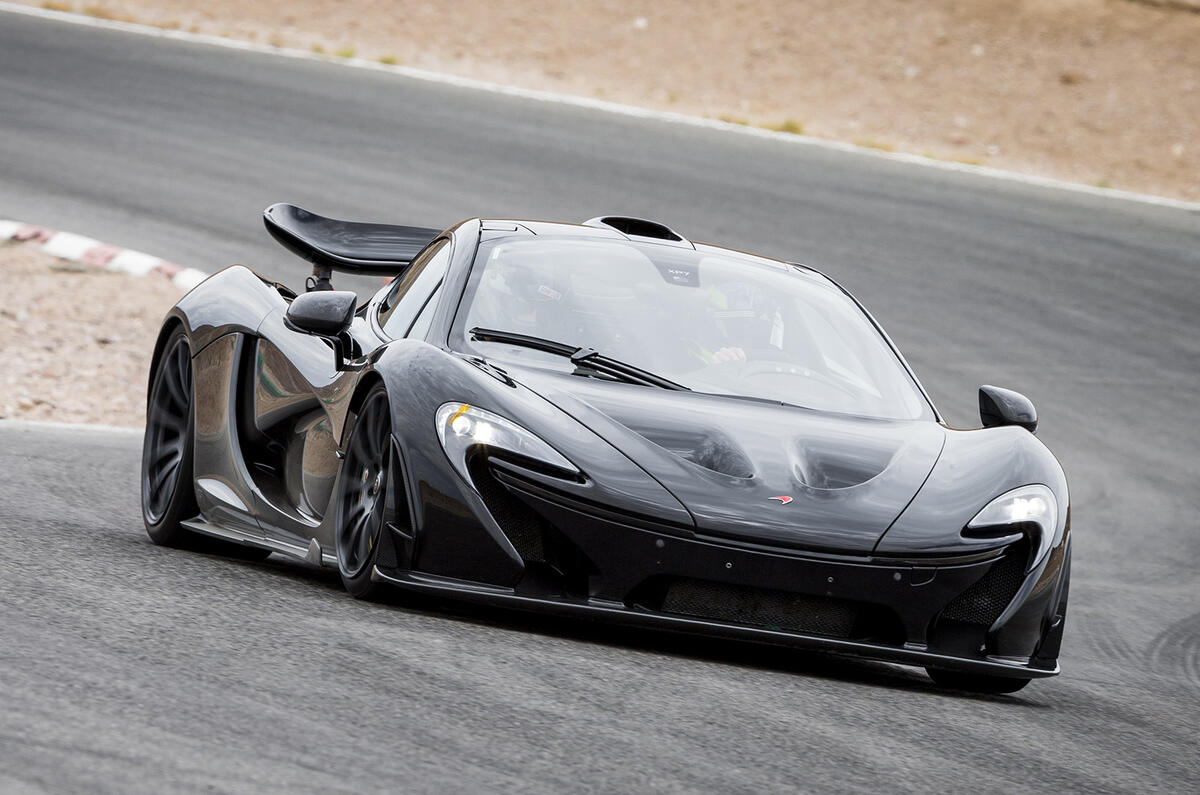
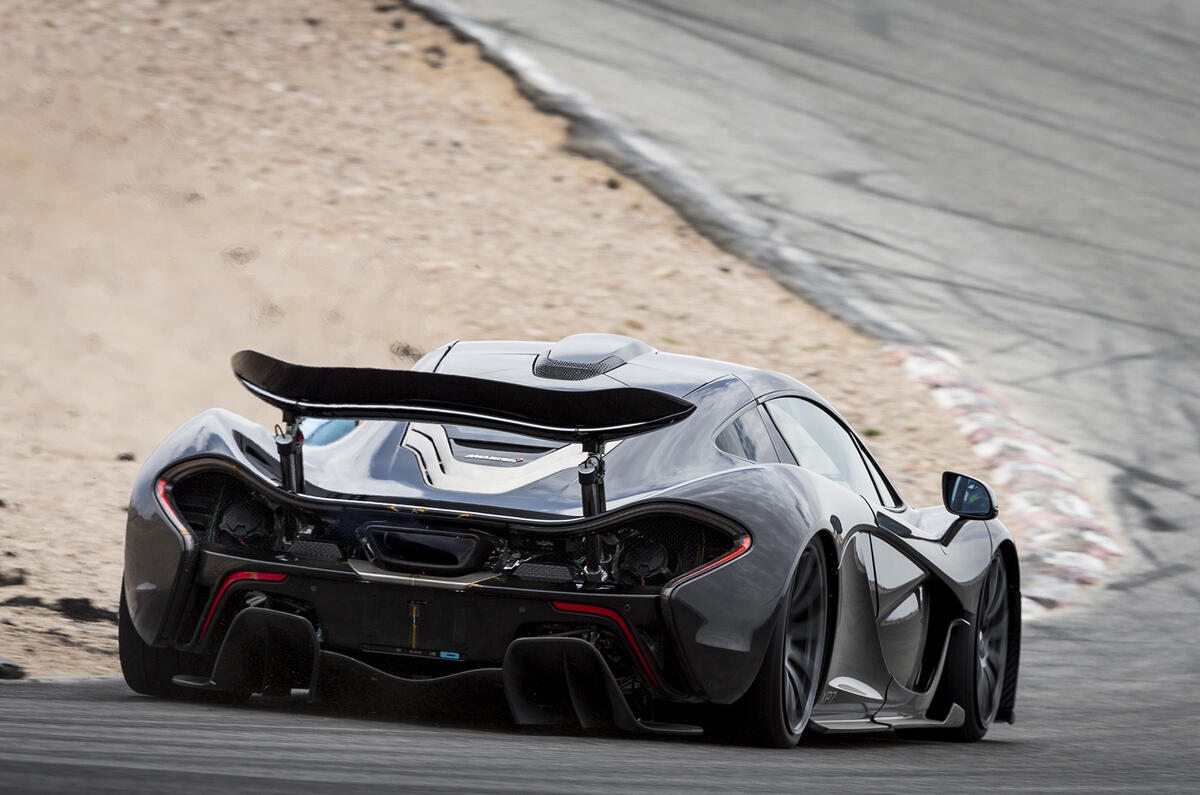
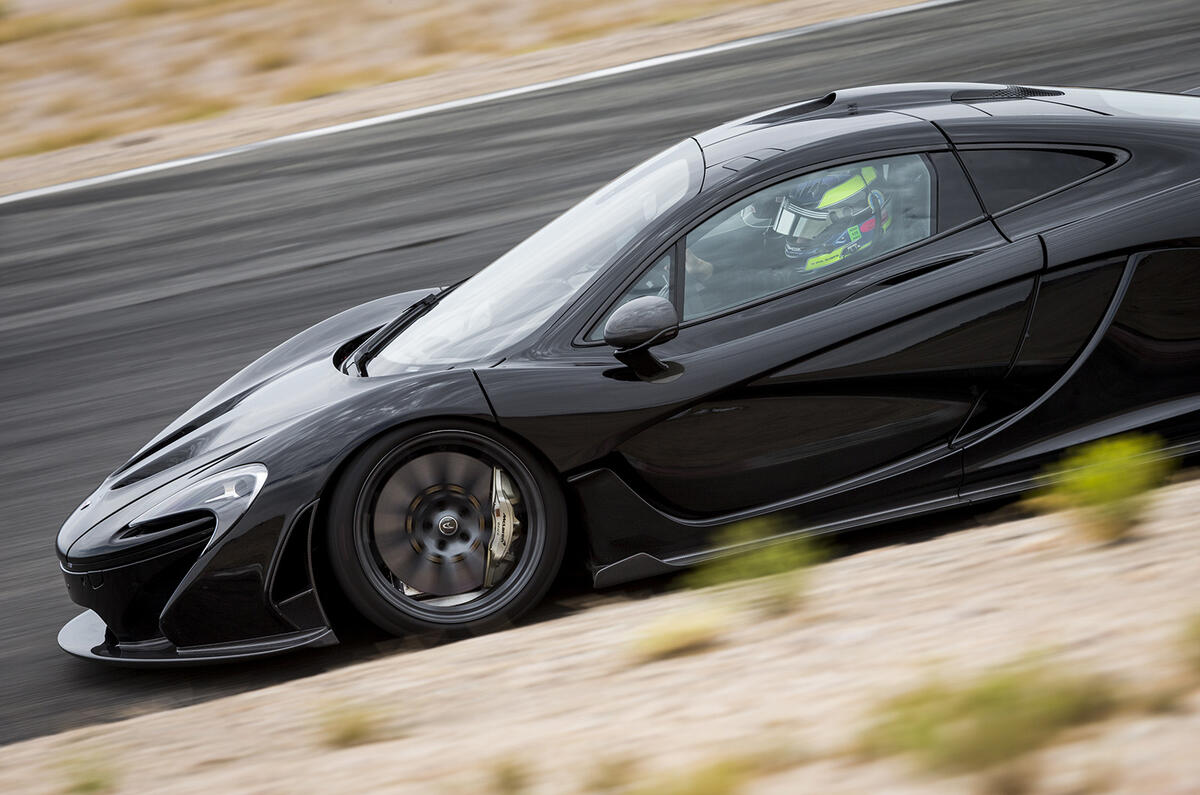
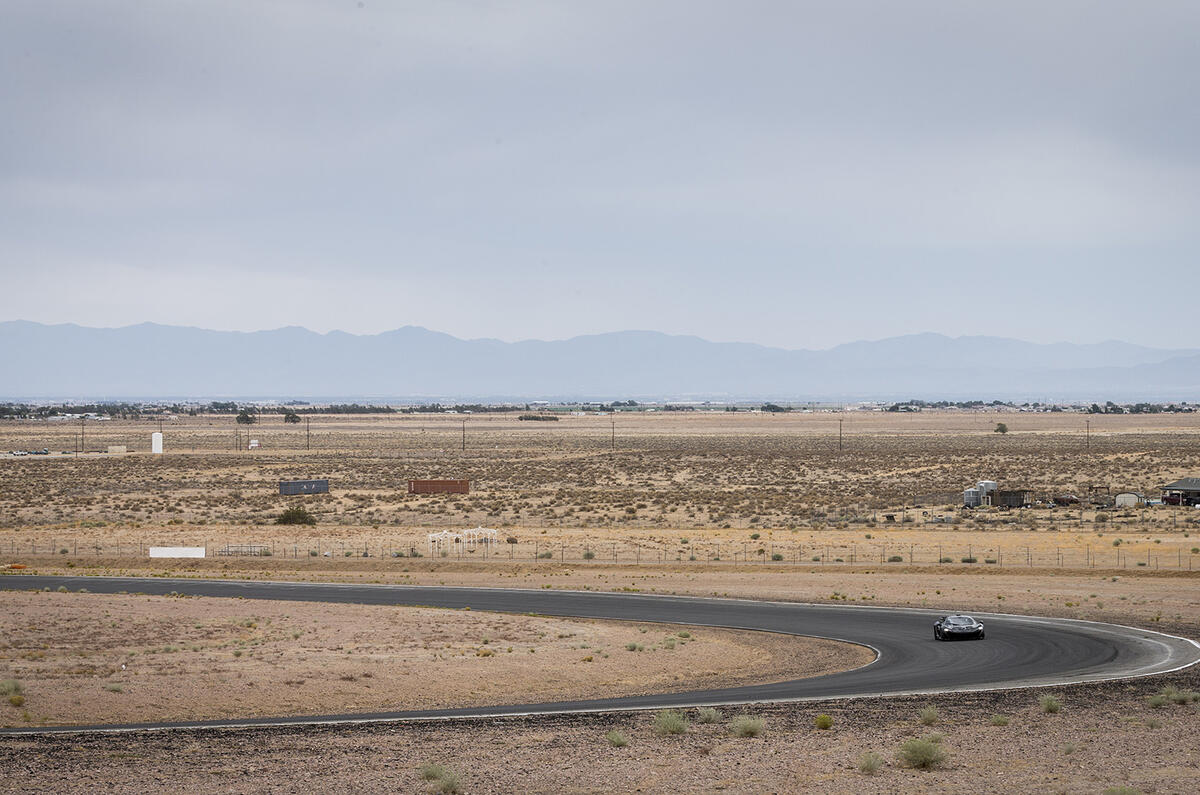
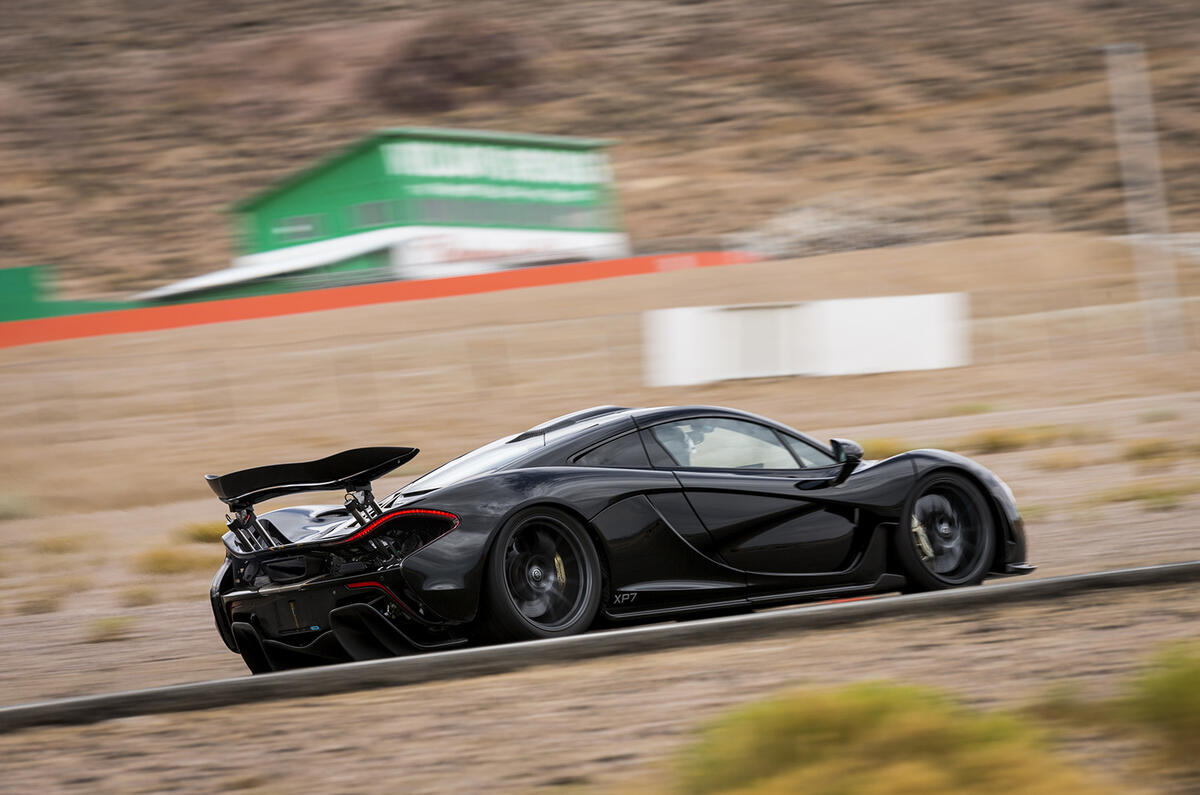
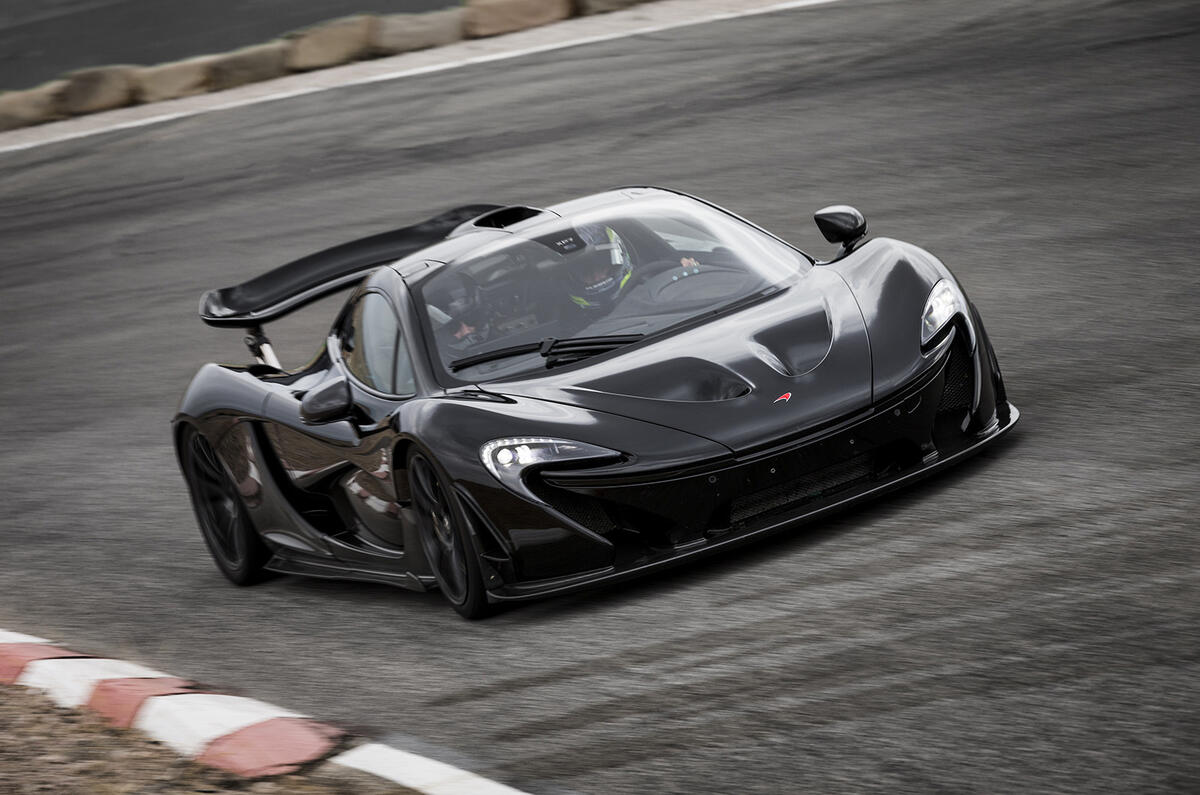

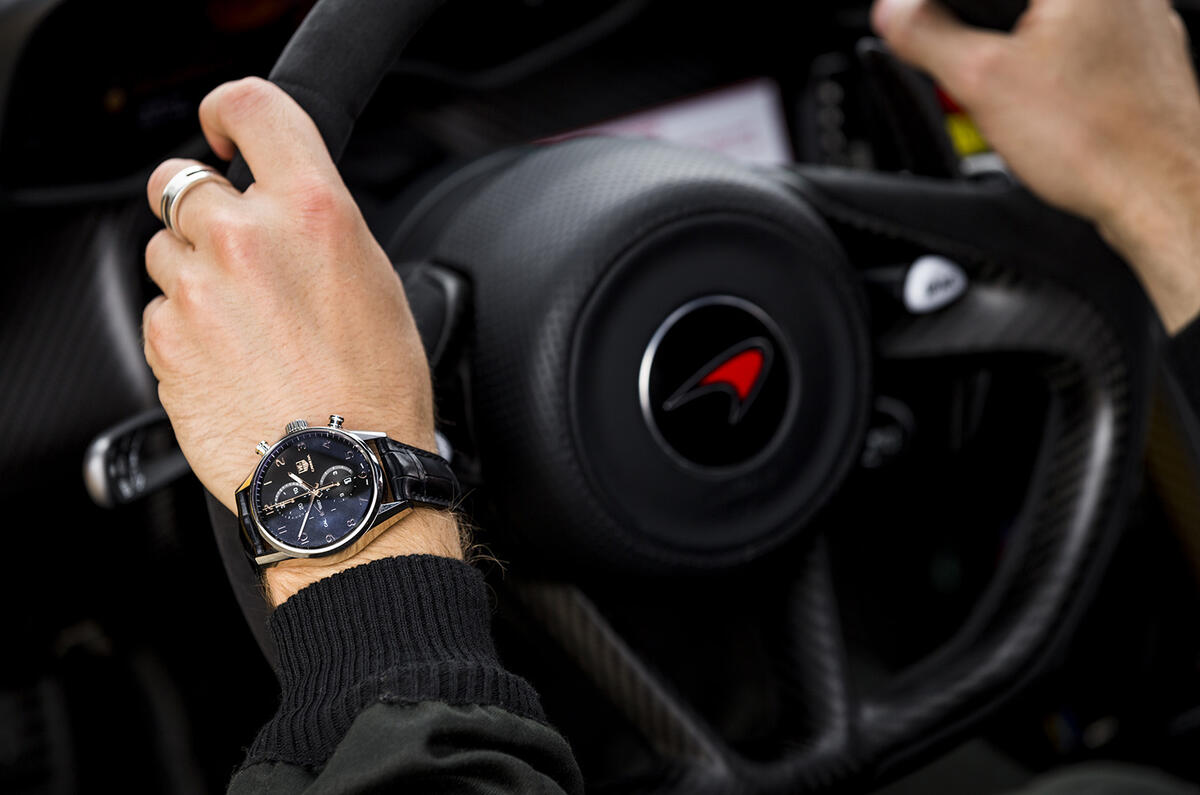

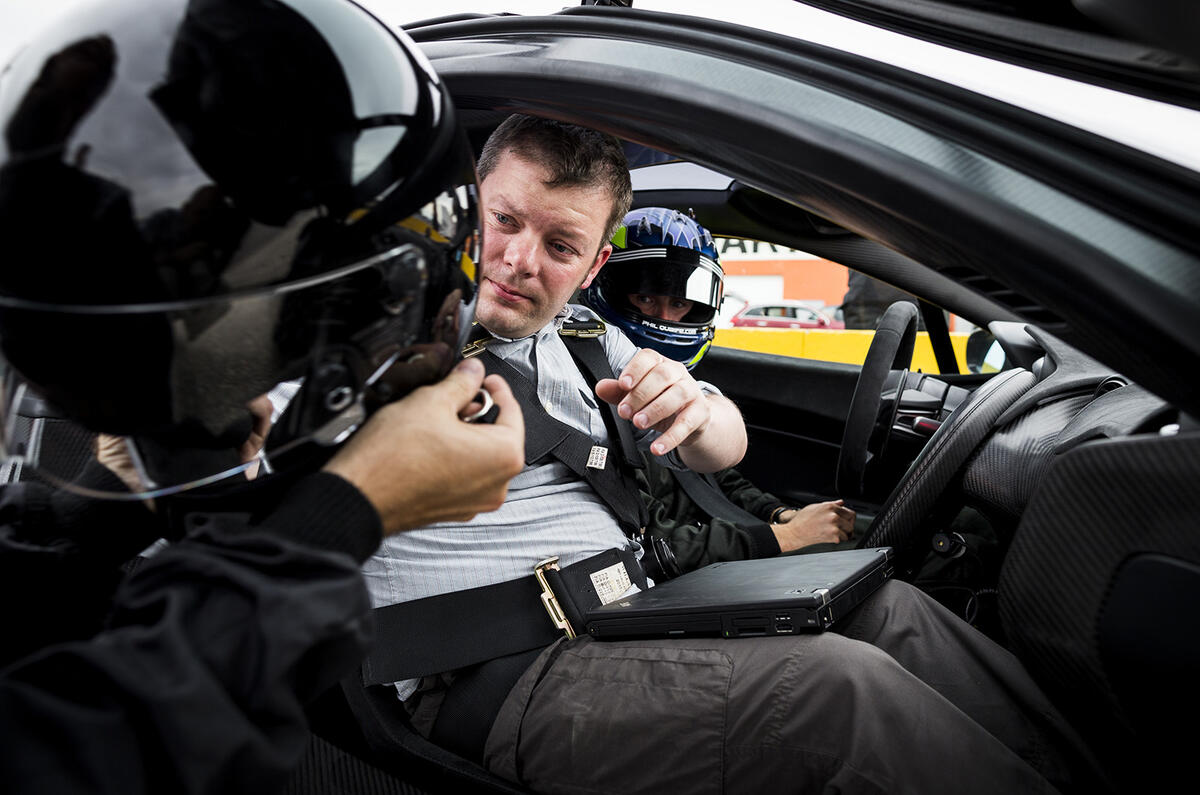
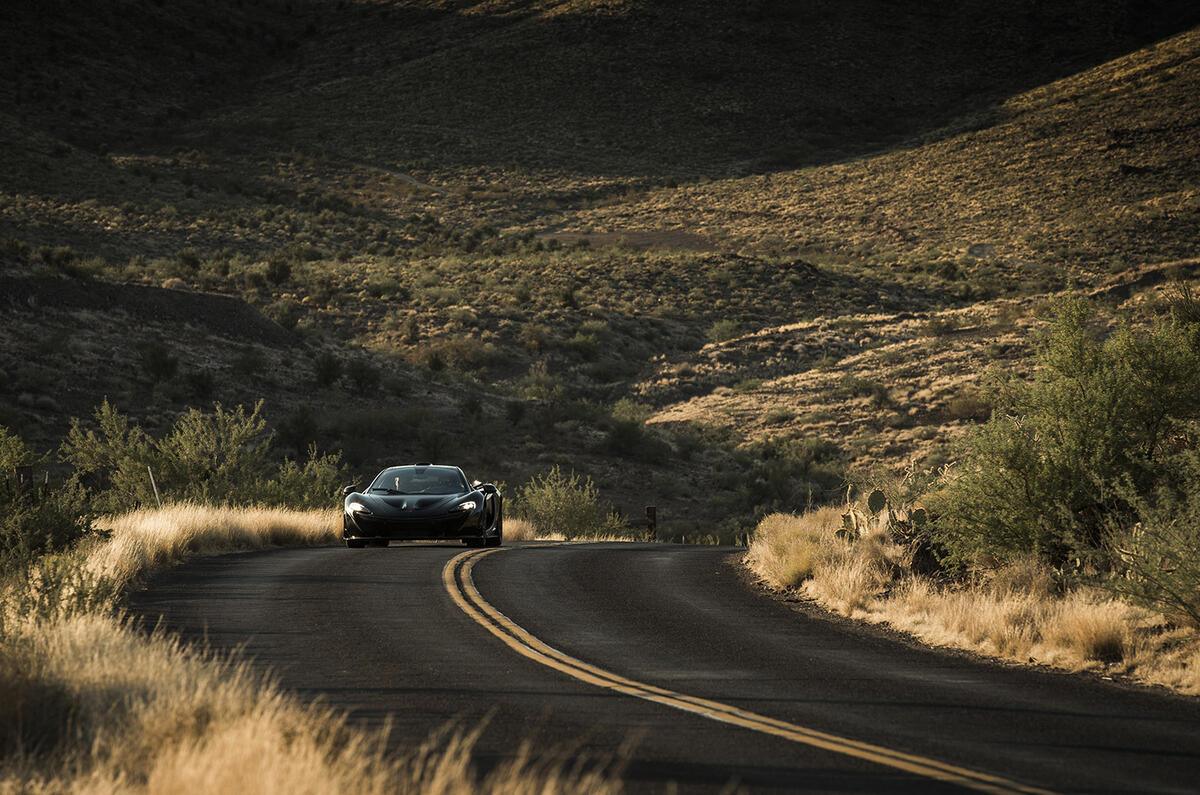
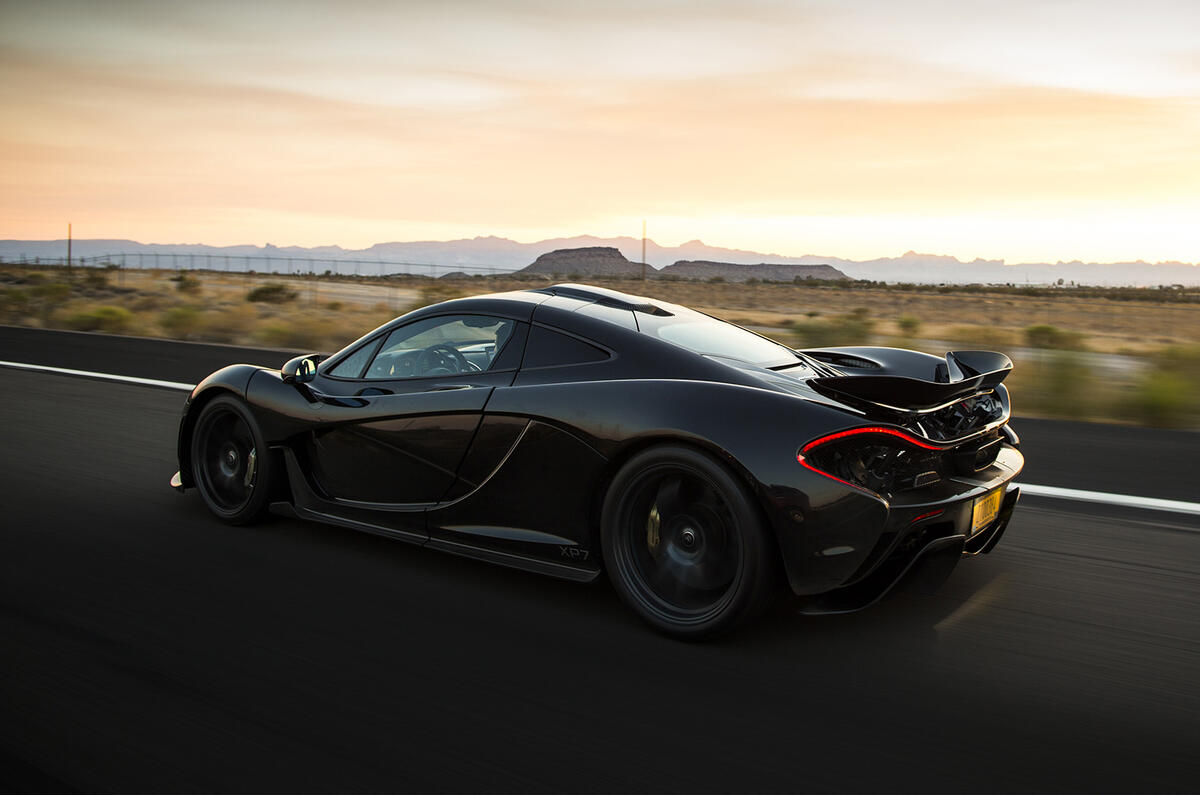
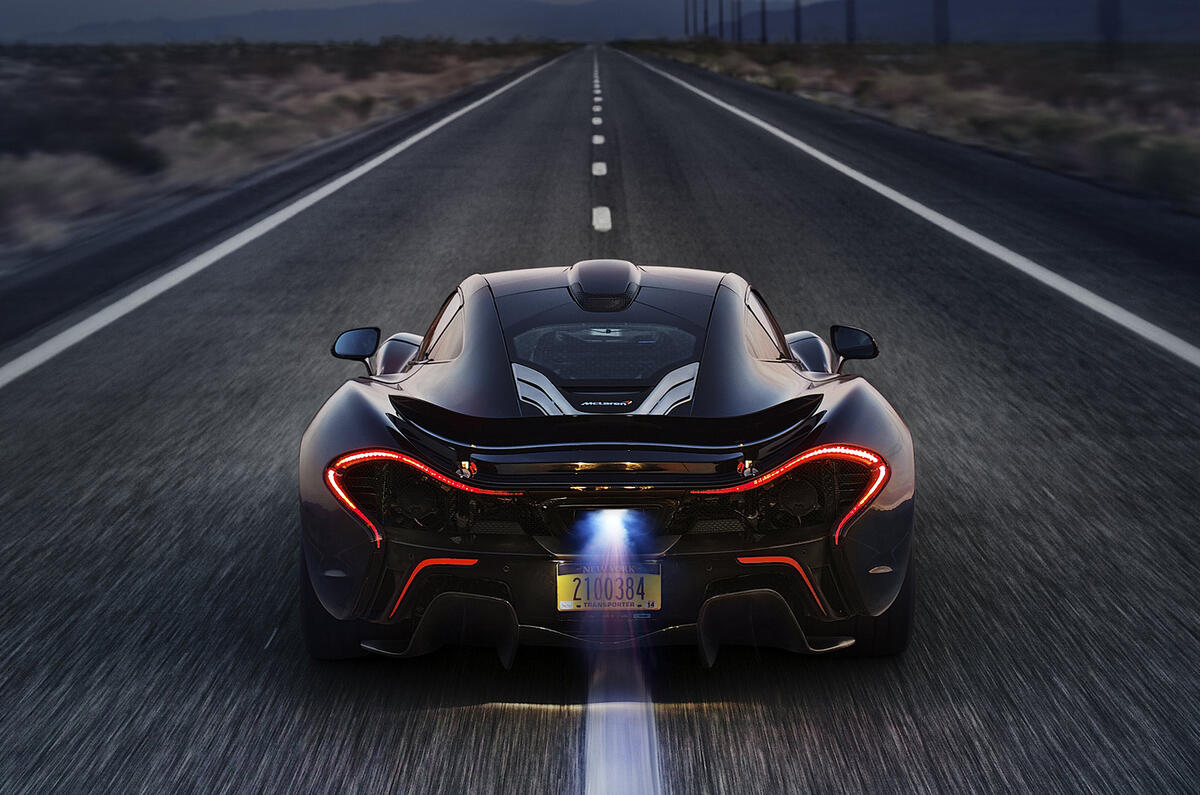
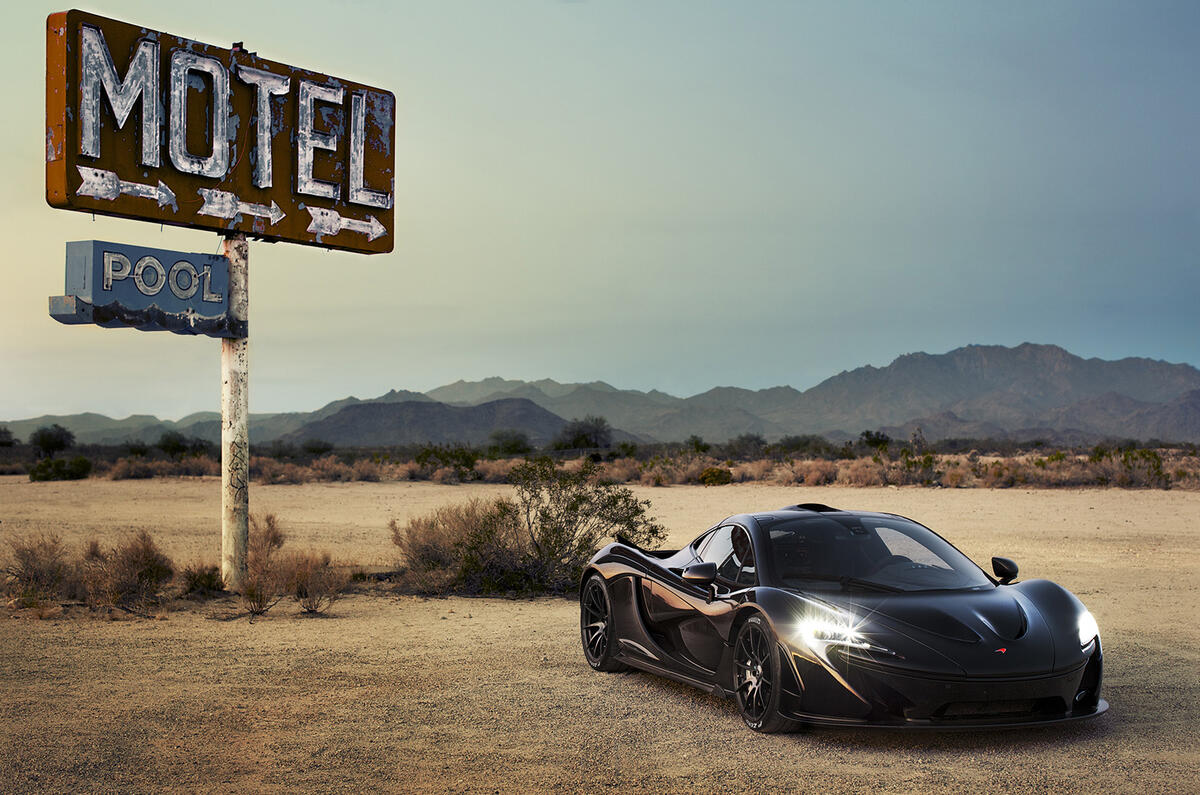
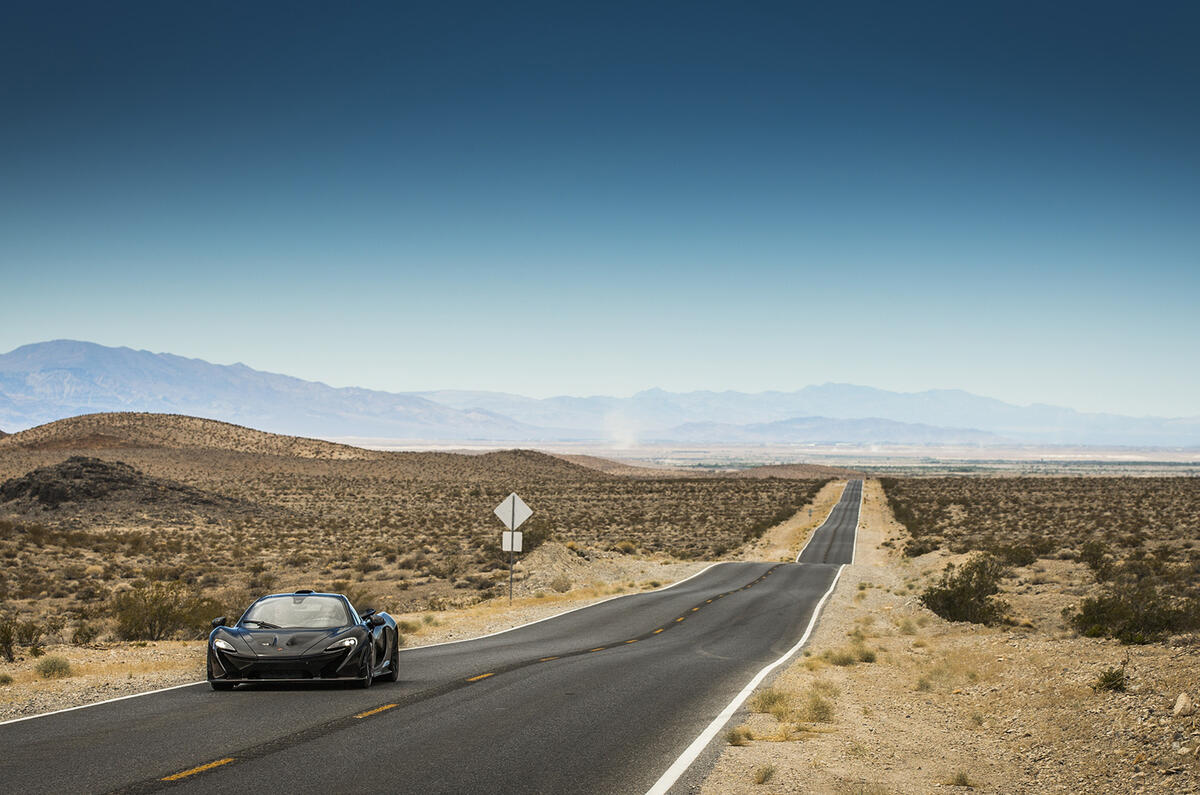
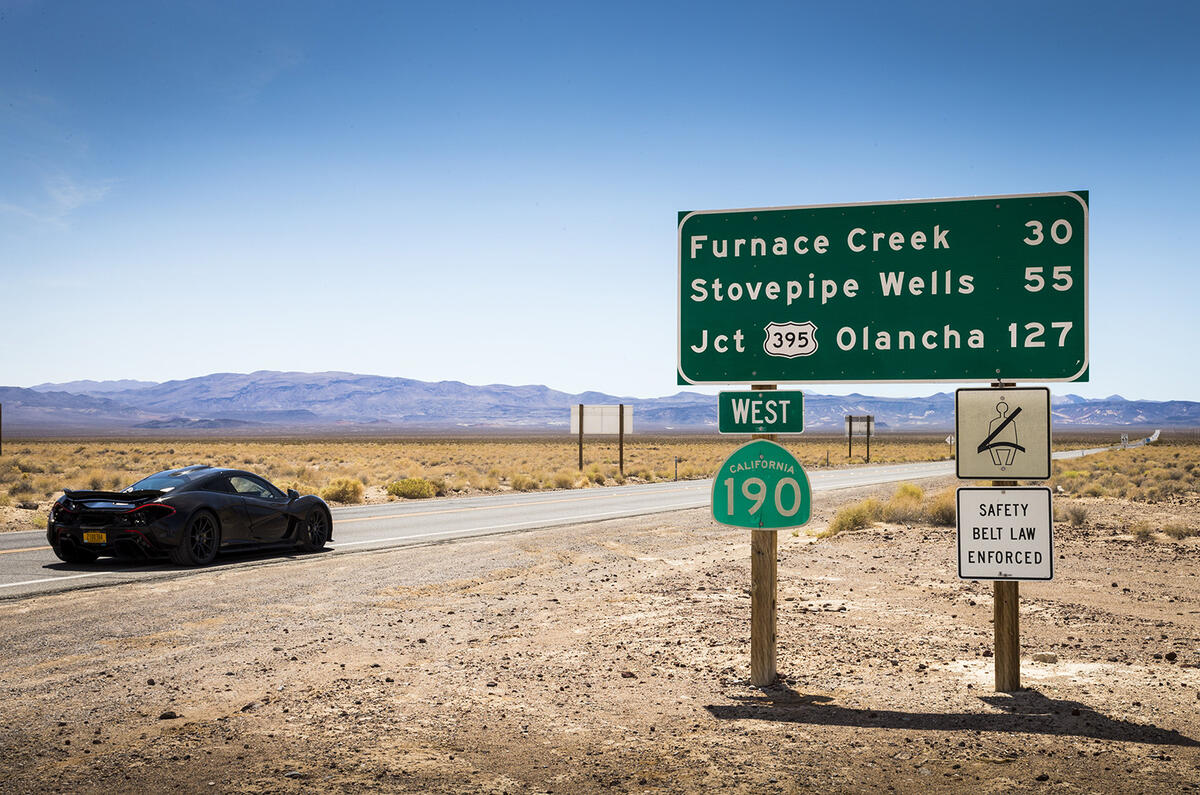
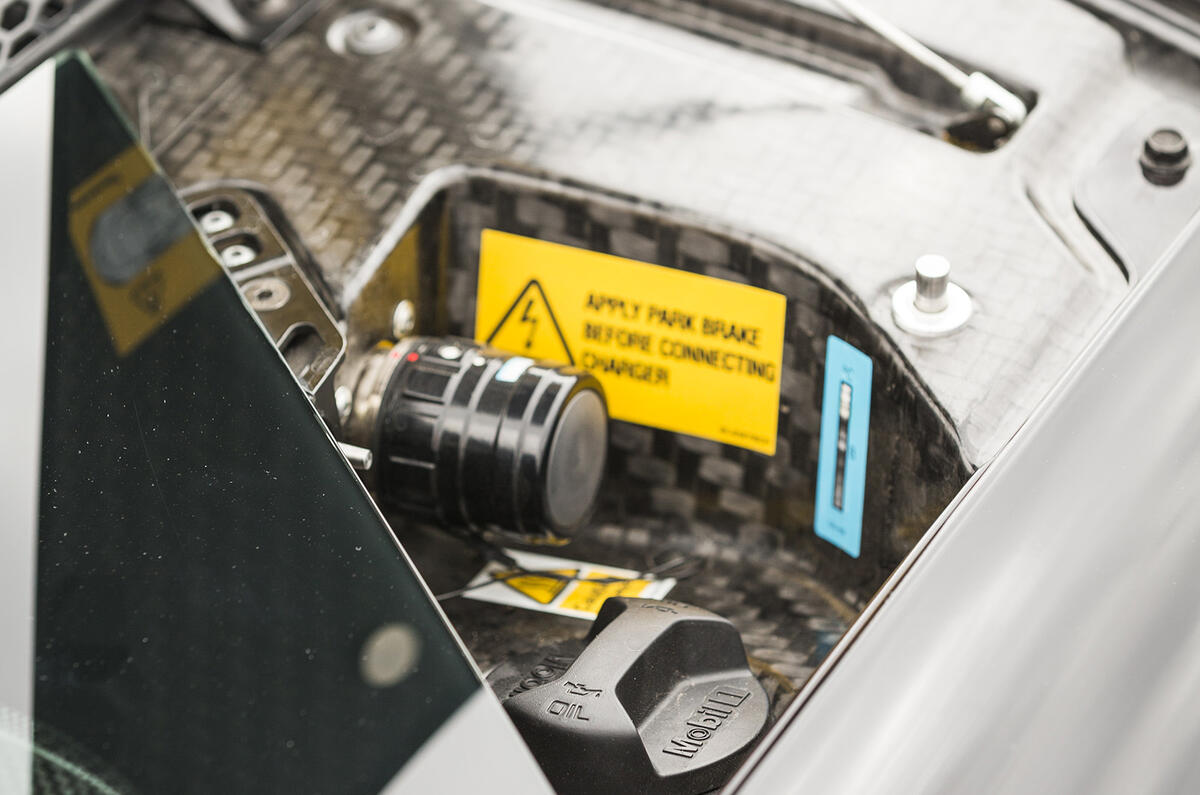
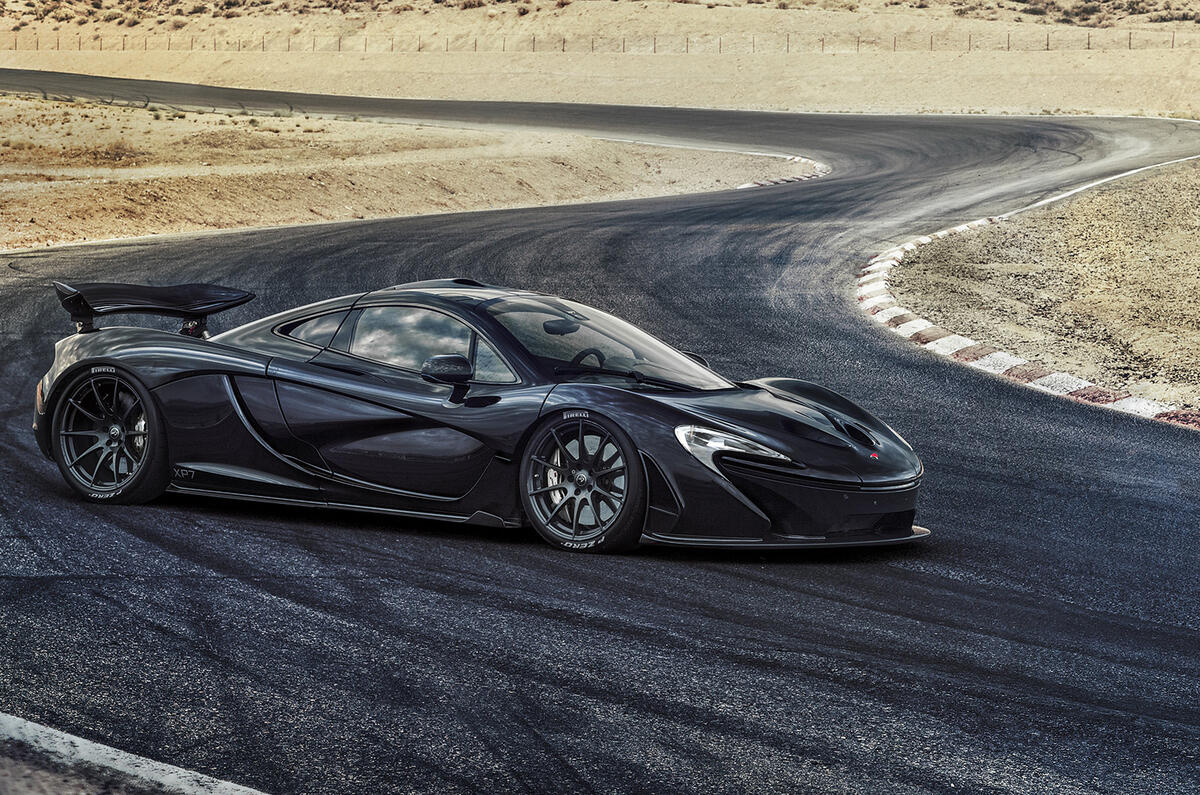
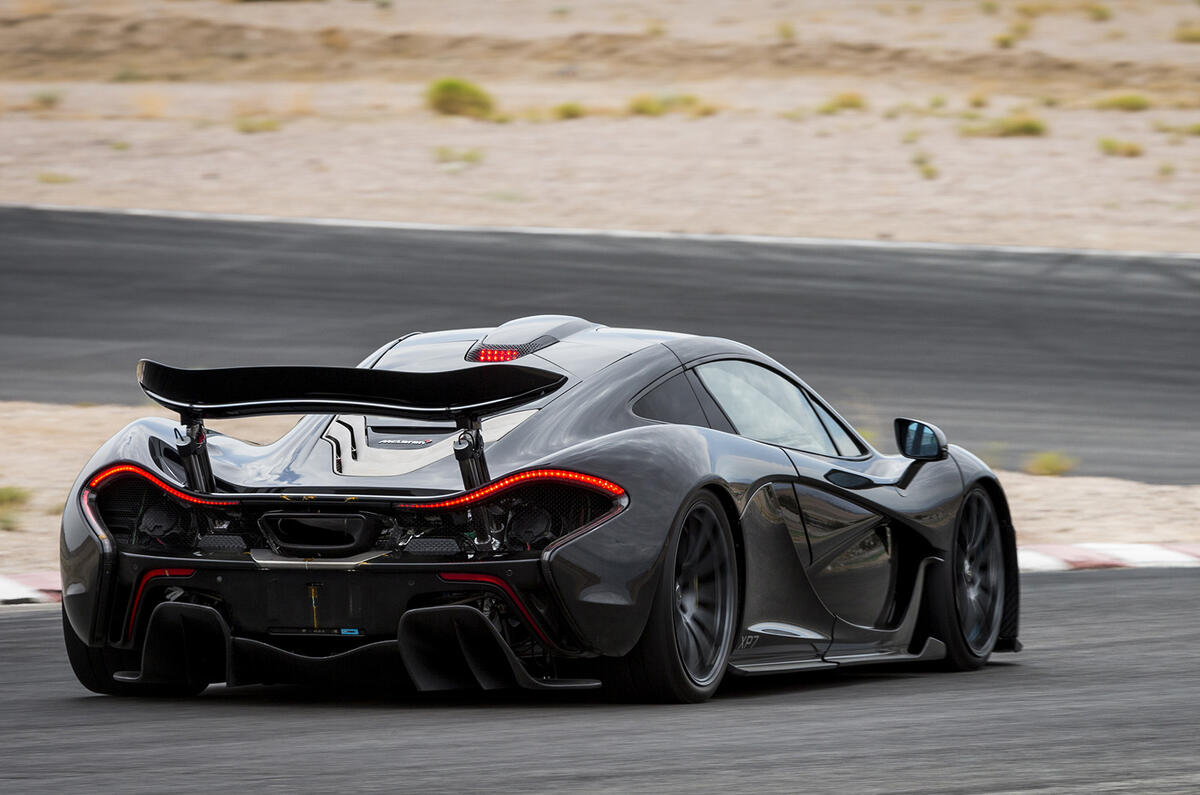

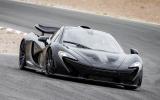
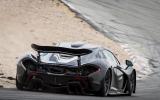
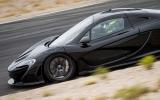

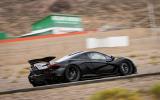
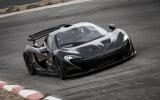
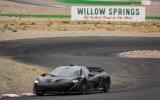
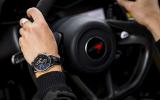
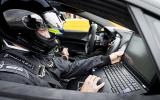
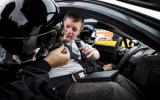
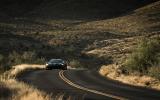

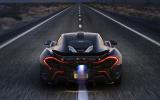

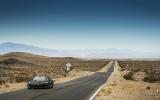

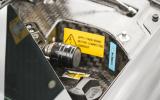
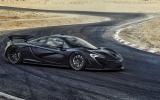
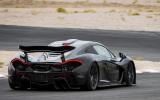


Join the debate
Add your comment
Nort convinced by the
An awesome experience
-
Looks amazing in picture 3. I think the car lowers itself on a track but does the rear diffuser also lower itself to the track? The underbody aero seems to suspended by hydraulic rams and looks F1 low..
Maybe...
I wondered exactly the same. If you look at the pictures in the paper copy of Autocar it makes you wonder if it not only lowers, but goes further out the back too. But I can't see an equivalent for the side or front skirts and they're really close to the ground too.